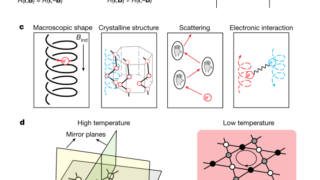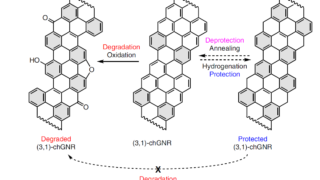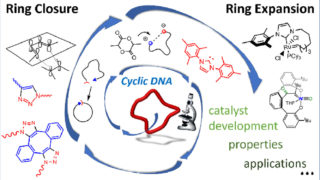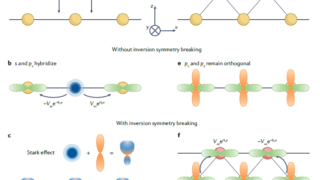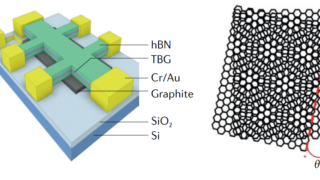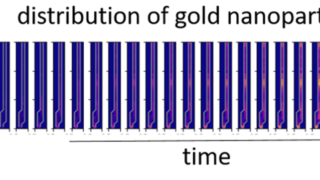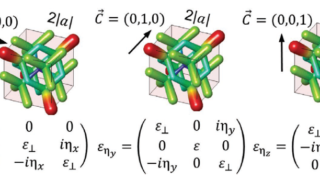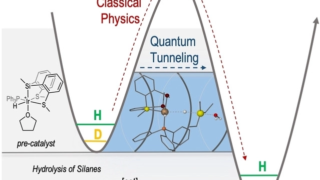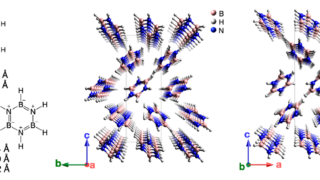
Are inorganic nanothreads possible? The case for borazine-based ones
Nanothreads are one-dimensional covalently bonded materials, with all “backbone” bonds saturated in the organic sense, the first of which was made from polymerization of benzene in the solid state. Nanothreads are thicker than conventional hydrocarbon polymers such as polyethylene and thinner than traditional nanowires: as ladder polymers, they are examples of the thinnest possible rigid […]
